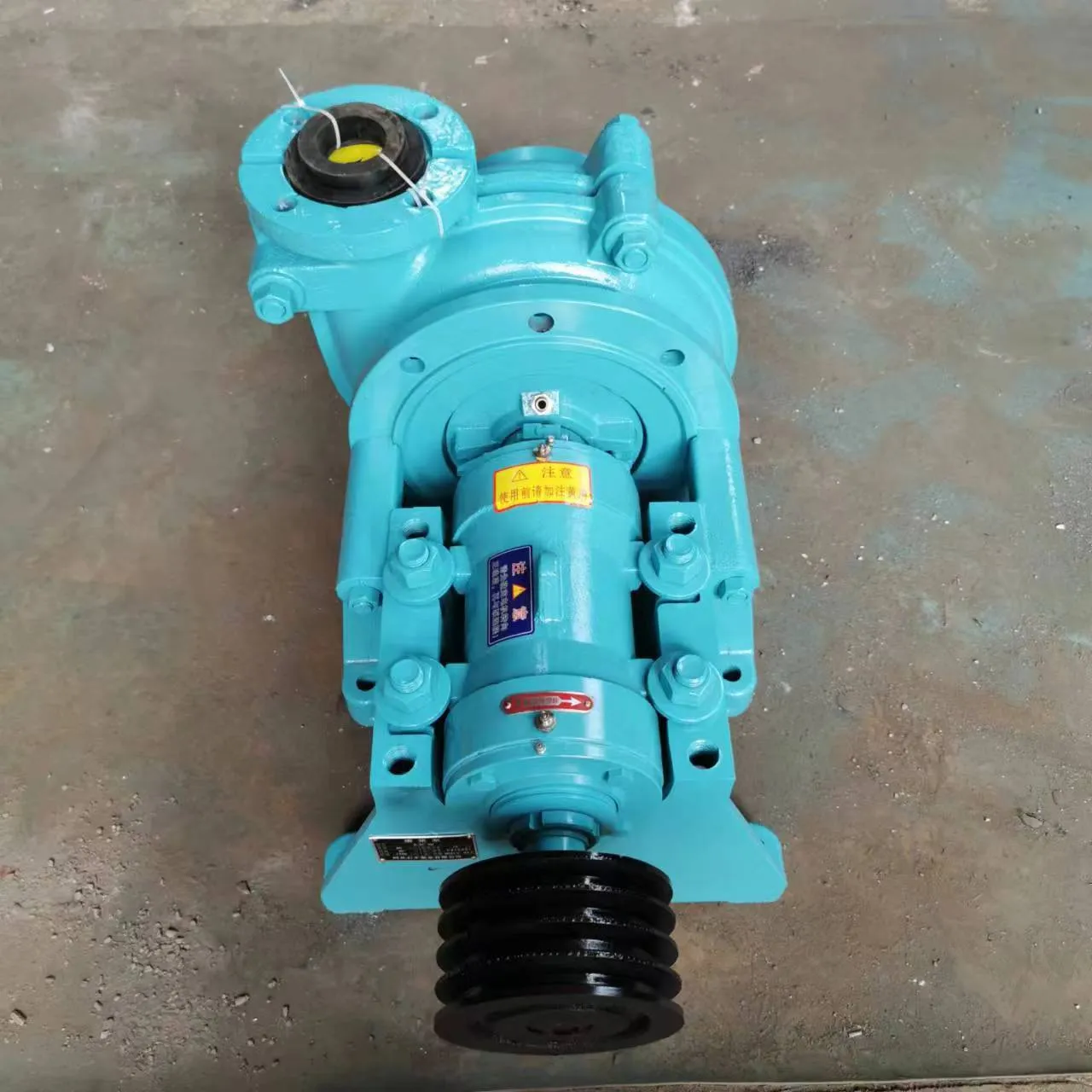English
- Afrikaans
- Albanian
- Amharic
- Arabic
- Armenian
- Azerbaijani
- Basque
- Belarusian
- Bengali
- Bosnian
- Bulgarian
- Catalan
- Cebuano
- Corsican
- Croatian
- Czech
- Danish
- Dutch
- English
- Esperanto
- Estonian
- Finnish
- French
- Frisian
- Galician
- Georgian
- German
- Greek
- Gujarati
- Haitian Creole
- hausa
- hawaiian
- Hebrew
- Hindi
- Miao
- Hungarian
- Icelandic
- igbo
- Indonesian
- irish
- Italian
- Japanese
- Javanese
- Kannada
- kazakh
- Khmer
- Rwandese
- Korean
- Kurdish
- Kyrgyz
- Lao
- Latin
- Latvian
- Lithuanian
- Luxembourgish
- Macedonian
- Malgashi
- Malay
- Malayalam
- Maltese
- Maori
- Marathi
- Mongolian
- Myanmar
- Nepali
- Norwegian
- Norwegian
- Occitan
- Pashto
- Persian
- Polish
- Portuguese
- Punjabi
- Romanian
- Russian
- Samoan
- Scottish Gaelic
- Serbian
- Sesotho
- Shona
- Sindhi
- Sinhala
- Slovak
- Slovenian
- Somali
- Spanish
- Sundanese
- Swahili
- Swedish
- Tagalog
- Tajik
- Tamil
- Tatar
- Telugu
- Thai
- Turkish
- Turkmen
- Ukrainian
- Urdu
- Uighur
- Uzbek
- Vietnamese
- Welsh
- Bantu
- Yiddish
- Yoruba
- Zulu
Telephone: +86 13120555503
Email: frank@cypump.com
Jul . 20, 2024 09:28 Back to list
Exploring the Design and Functionality of Slurry Pump Impellers for Improved Performance
Understanding Slurry Pump Impellers
Slurry pumps play a crucial role in various industries where the transport of abrasive and viscous materials is a necessity. The efficiency and effectiveness of a slurry pump heavily rely on its impeller, which is the primary component responsible for moving the fluid through the pump. This article explores the significance of slurry pump impellers, their types, design considerations, and maintenance.
What is a Slurry Pump Impeller?
A slurry pump impeller is a rotating device that converts mechanical energy into kinetic energy in order to transport slurry—a mixture of solid particles and liquid. The impeller generates flow by imparting velocity to the slurry, allowing it to move through the pump and into the desired pipeline. Given the nature of the materials being transported, slurry pump impellers must be designed to withstand wear and tear while maintaining high efficiency.
Types of Slurry Pump Impellers
Slurry pump impellers come in various designs, tailored to meet specific operational requirements
1. Open Impellers These impellers have blades that are not enclosed, allowing for easy passage of solid particles. They are suitable for handling slurries with a high concentration of solids, as the open design minimizes clogging but may lead to reduced hydraulic efficiency.
2. Closed Impellers These impellers are fully enclosed, providing higher efficiency due to better containment of the slurry. They handle larger flows and are generally used for less abrasive slurries.
3. Semi-Open Impellers A compromise between open and closed designs, semi-open impellers allow for some flexibility in handling solids while maintaining a reasonable efficiency level. They are often used in applications where the slurry composition may vary.
Design Considerations
When designing a slurry pump impeller, several factors must be considered
slurry pump impeller

- Material Selection The choice of material for the impeller is critical, as it must resist wear and corrosion. Common materials include high-chrome alloys, rubber, and polyurethane, each selected based on the specific characteristics of the slurry.
- Impeller Diameter and Width The size and shape of the impeller directly influence the pump's performance. Larger diameters generally provide higher flow rates, while width affects the head (pressure) generated by the pump.
- Blade Design The shape and angle of the impeller blades are designed to optimize flow and reduce turbulence. They must also be engineered to handle the abrasive nature of the slurry without compromising durability.
- Hydraulic Properties Understanding the viscosity, density, and particle size distribution of the slurry is essential in the design process. These properties affect the impeller's hydrodynamics and overall pump efficiency.
Maintenance of Slurry Pump Impellers
To ensure long-lasting and effective performance, regular maintenance of slurry pump impellers is vital. Maintenance practices include
- Regular Inspections Frequent inspections help identify wear and tear early, allowing for timely repairs or replacements to prevent pump failure.
- Cleaning Accumulation of solids can lead to impeller blockages. Periodic cleaning is necessary to maintain flow efficiency and prevent cavitation.
- Replacing Worn Components Over time, the impeller will wear down due to the abrasive nature of the slurry. Replacing or refurbishing worn impellers is essential to sustain operational performance.
Conclusion
Slurry pump impellers are integral to the efficient transport of abrasive mixtures across various industries. Understanding their design, types, and maintenance can significantly enhance the performance and lifespan of slurry pumps. As industries continue to advance, the need for innovation in impeller design and materials will remain pivotal, ensuring that slurry pumps meet the rising demands of modern applications.
-
ISG Series Vertical Pipeline Pump - Chi Yuan Pumps Co., LTD.|High Efficiency, Energy Conservation, Low Noise
NewsJul.29,2025
-
ISG Series Vertical Pipeline Pump-Chi Yuan Pumps Co., LTD.|High Efficiency&Energy-Saving
NewsJul.29,2025
-
ISG Series Vertical Pipeline Pump - Chi Yuan Pumps Co., LTD. | High Efficiency, Energy-Saving
NewsJul.29,2025
-
ISG Series Pipeline Pump - Chi Yuan Pumps | High Efficiency, Low Noise
NewsJul.29,2025
-
High-Efficiency Vertical Slurry Pumps for Mining & Industry Solutions
NewsJul.29,2025
-
High-Efficiency Pipeline Pump Solutions for Every Pipeline Pump Station
NewsJul.29,2025










